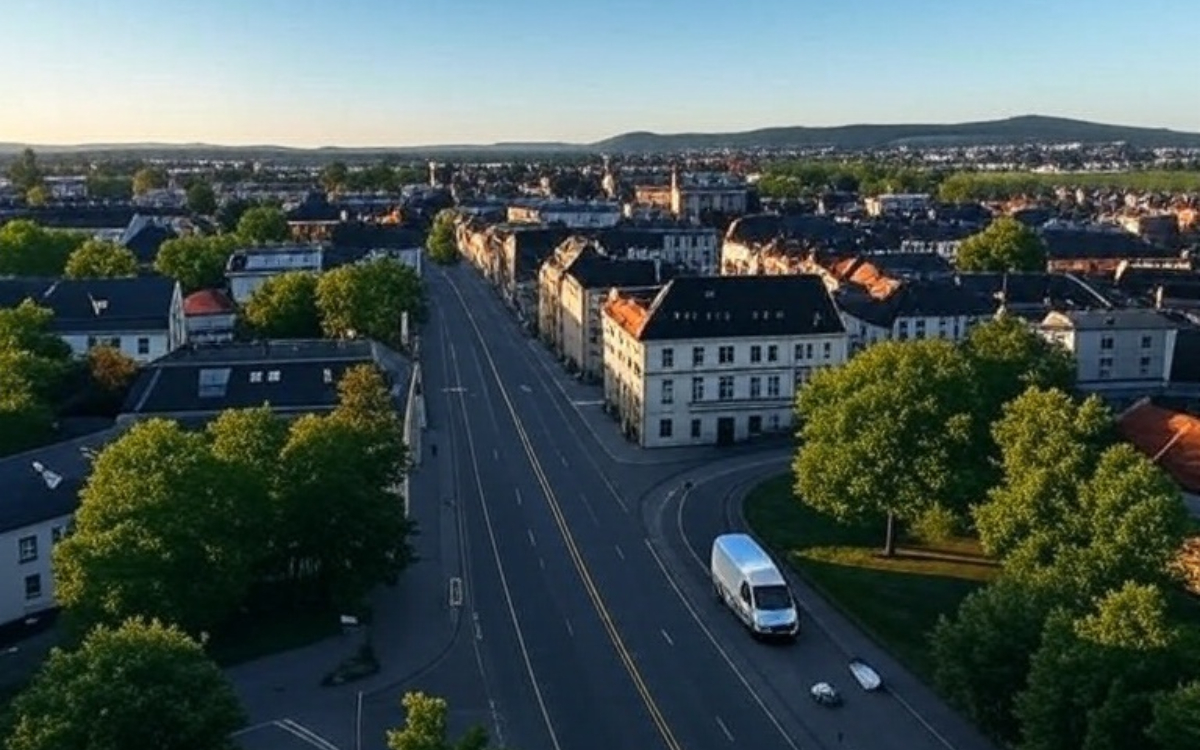


The Economics of DRT: Cost Models for Public Agencies

The answer depends not only on budget but on the goals of the service—accessibility, sustainability, integration—and the cost of not improving mobility options in underserved areas. Let’s break down the real economics of DRT.
Lower Operating Costs Than Fixed Lines
In low-density areas, running a fixed bus line—even with minimal frequency—often results in high cost per passenger due to low ridership. With DRT, vehicles only move when needed, and can adapt routes to actual demand in real time.
This dramatically reduces:
- Empty kilometers
- Fuel or energy use
- Driver hours on underused routes
The result: more rides per euro, with better service coverage.
CapEx vs OpEx
Unlike traditional transport investments that require heavy upfront capital—buses, depots, fixed stops—DRT uses existing vehicles and requires minimal infrastructure. Most costs fall into operational expenses (OpEx), which are easier to adjust and scale.
This makes DRT ideal for pilots, seasonal services, or areas with uncertain long-term demand.
Cost-Sharing Opportunities
DRT models can also attract co-funding from various sources:
- Corporate campuses or industrial zones contributing to workforce mobility
- Tourism boards or hotel associations funding seasonal services
- Healthcare providers supporting access to hospitals and clinics
Shotl supports multistakeholder models with shared dashboards, booking permissions, and reporting for transparency.
Public Value Beyond the Balance Sheet
While costs are measurable, benefits are often broader:
- Reduced car dependence
- Social inclusion for non-drivers
- Better air quality and lower emissions
- Increased public satisfaction with local government
These outcomes translate into long-term economic gains, even if they don’t appear immediately on an invoice.
Flexible Cost Structures
DRT Platform provider Shotl, offers a Software-as-a-Service (SaaS) model with adaptable pricing to suit various operational needs. The cost structure includes:
- Platform license (monthly or annually)
- Usage fees based on per-vehicle or per-hour rates
- Optional support services: custom branding, call center integration, analytics dashboards
This flexibility allows public authorities to scale services according to demand, helping to minimize unnecessary costs.
Conclusion
DRT isn’t a cost center—it’s a smart investment. With flexible pricing, lower per-passenger costs, and measurable community value, it helps agencies do more with less—and do it better.
Get in touch to request a tailored cost simulation for your region.
Popular posts
27.04.20
From lockdown to lifeline: how overcoming COVID-19 can kick-start the
The COVID-19 virus pandemic has hit the world at a scale, pace and intensity like few events in living memory. In the course of merely a few weeks, countries across the world have almost ground to a halt, as governments attempt to fight the outbreak.
Xilef Grateron
30.11.-1
Shotl launches in the United States
We are proud to announce the launching of Shotl’s first deployment in the United States.
Gerard Martret
26.06.25


